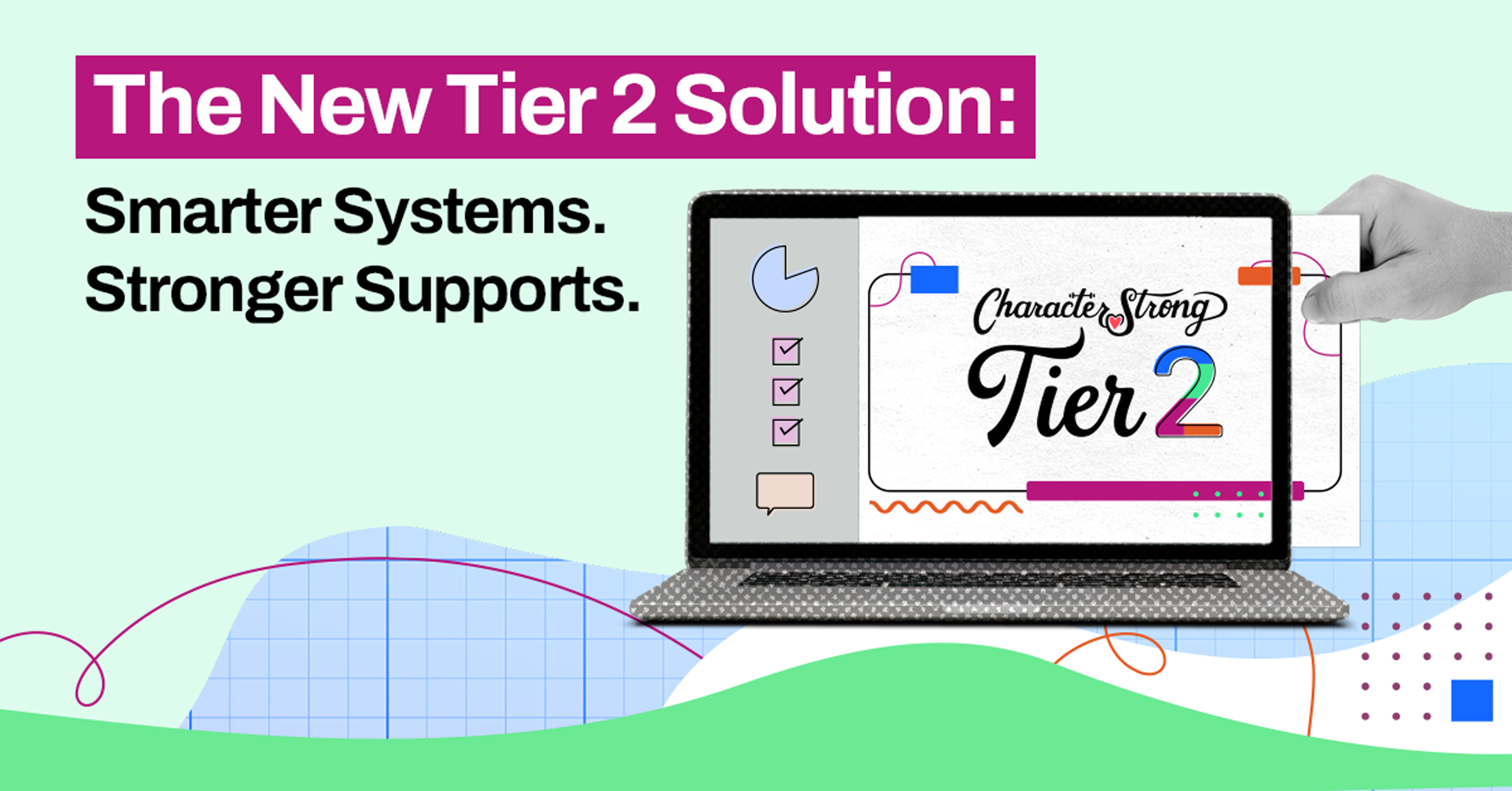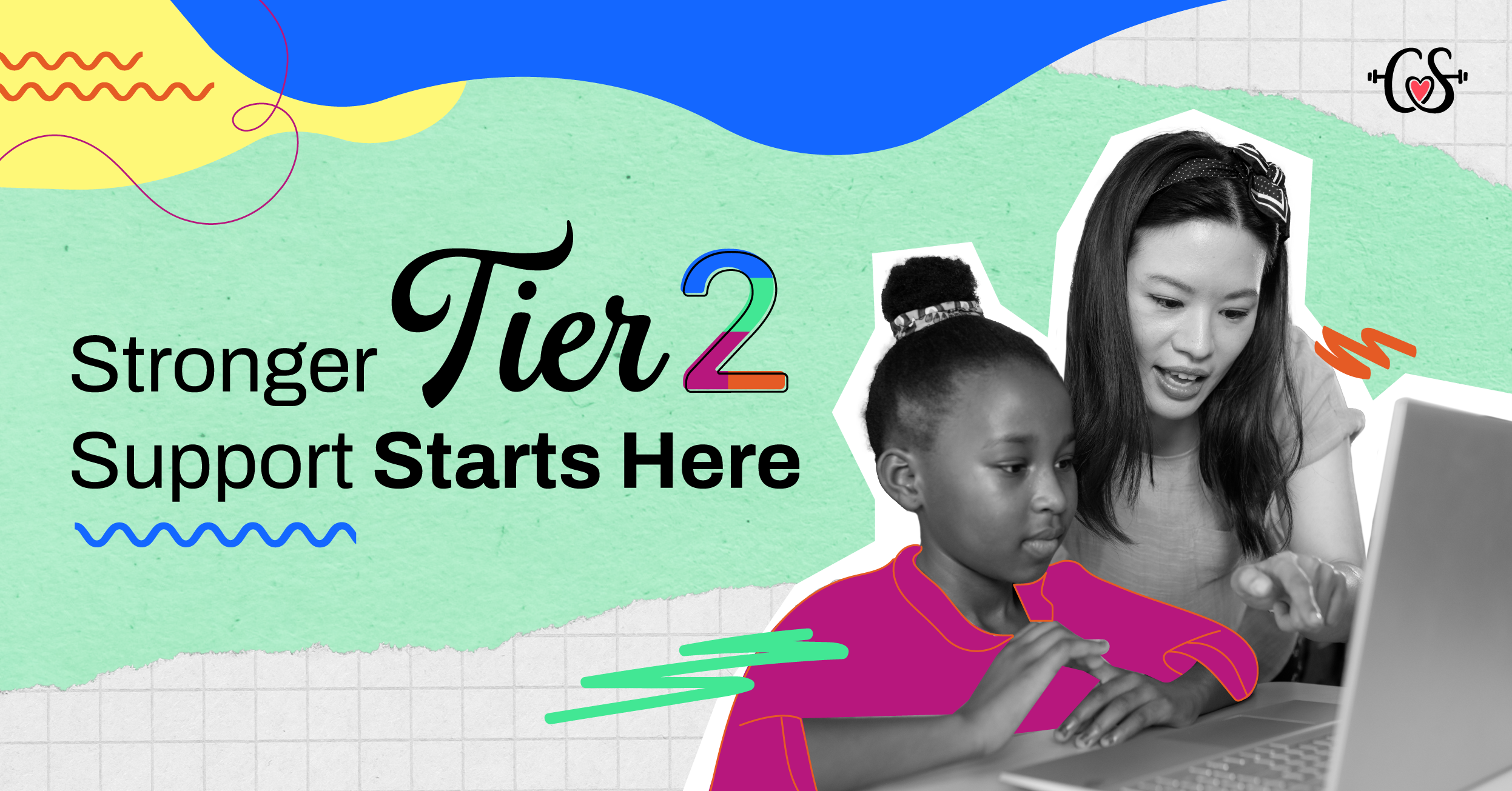Tier 2 Data-Based Decision-Making Made Easy
Picture this: A student is struggling. There is no data available to proactively identify the student to activate early intervention. Eventually, the school team recognizes they need to help the student beyond what is being provided in Tier 1. But when it comes time to make a decision around what to do, the conversation sounds like this:
- “What should we do? Let’s give them check-on/check-out.”
- “Why do you think the student is struggling? Student is just unmotivated.”
- “How well did the intervention work? Well…I think so so.”
What happens next? A plan is made based on guesses, not evidence. Weeks later, the student hasn’t improved, and the team feels frustrated. The truth is, without reliable data, Tier 2 decisions often turn into trial-and-error—and students don’t get the precise support they deserve.
That’s where clarity around data makes all the difference. When schools have simple, technology-driven systems that collect and summarize the right kinds of data, decisions become easier, faster, and more effective. Tier 2 support doesn’t have to feel overwhelming—it just requires focusing on four essential data pieces.
The Four Data Pieces That Drive Tier 2 Success
1. Proactive Detection Data
You can’t support students you don’t know need help. Proactive detection uses universal screeners, attendance records, behavior logs, or academic data to identify students early—before challenges snowball. This helps schools shift from reactive to proactive, ensuring students don’t fall through the cracks.
2. Problem Analysis Data
Identifying students is only step one. The next question is why. Problem analysis data pinpoints the underlying reason for a student’s challenge. Is it attendance, skill gaps, emotional regulation, or peer conflict? Without this level of precision, schools risk applying the wrong support. The right match between student need and Tier 2 strategy is where change happens.
3. Progress Monitoring Data
Once an intervention begins, schools need to know: Is it working? Progress monitoring data, collected through brief and sensitive measures, shows whether a student is responding to support. This helps teams adjust quickly instead of waiting months to find out an intervention didn’t work.
4. Intervention Fidelity Data
Even the best intervention won’t work if it isn’t delivered as planned. Fidelity data ensures that Tier 2 supports are implemented consistently, with the right dosage and frequency. If students aren’t improving, fidelity data helps answer whether it’s an issue of the intervention itself—or how it was carried out.
Why Technology Matters
The challenge isn’t knowing these four types of data are important—it’s the time and effort it takes to collect, organize, and analyze them. When schools rely on spreadsheets, binders, or hallway conversations, the process is slow and prone to gaps.
Technology changes the game. Automated systems can:
- Enable easy gathering and summarization of data to proactively detect students who need Tier 2
- Streamline problem analysis through decision tress to select a precise support.
- Track progress monitoring with graphs that update in real time.
- Capture fidelity data with quick digital logs.
With the right tools, schools can summarize all four data streams into a single, clear picture of student progress. This makes Tier 2 decision-making efficient—from identification to selecting the right intervention, to evaluating whether it worked.
Making Tier 2 Easier, Together
Schools are busy, and educators already have full plates. That’s why a clear, tech-powered approach to Tier 2 data is essential. By focusing on proactive detection, problem analysis, progress monitoring, and fidelity, schools can replace guesswork with precision and confidence.
When the right data is at your fingertips, decision-making becomes easier—and more importantly, students get the support they need to succeed.
Explore the CharacterStrong Tier 2 solution, which facilitates data-driven decision-making to inform Tier 2 success. Want to learn more about getting started? Explore Tier 2 curriculum samples or book a call with a CharacterStrong team member today!

.png)
